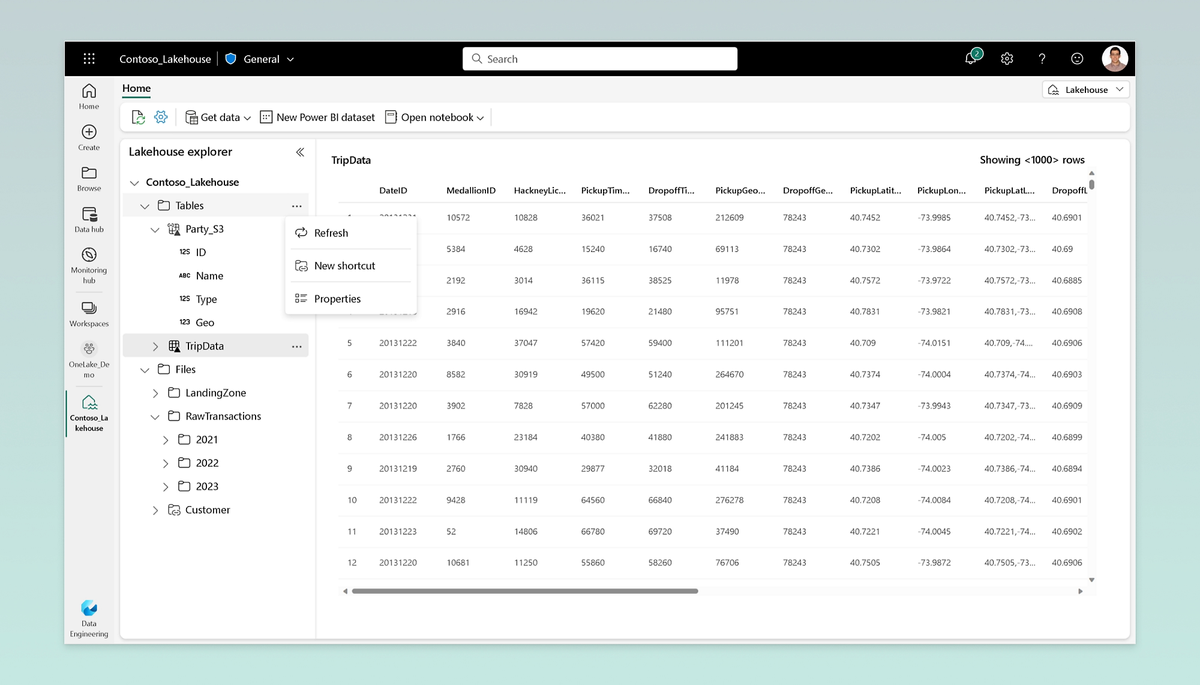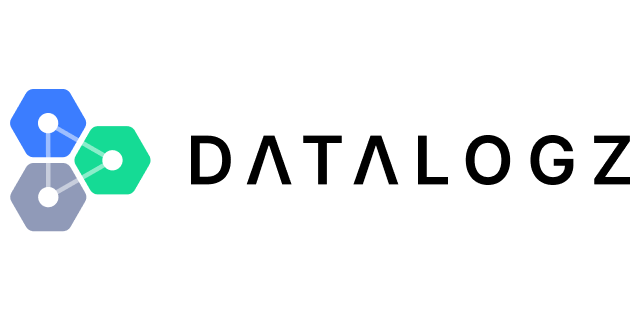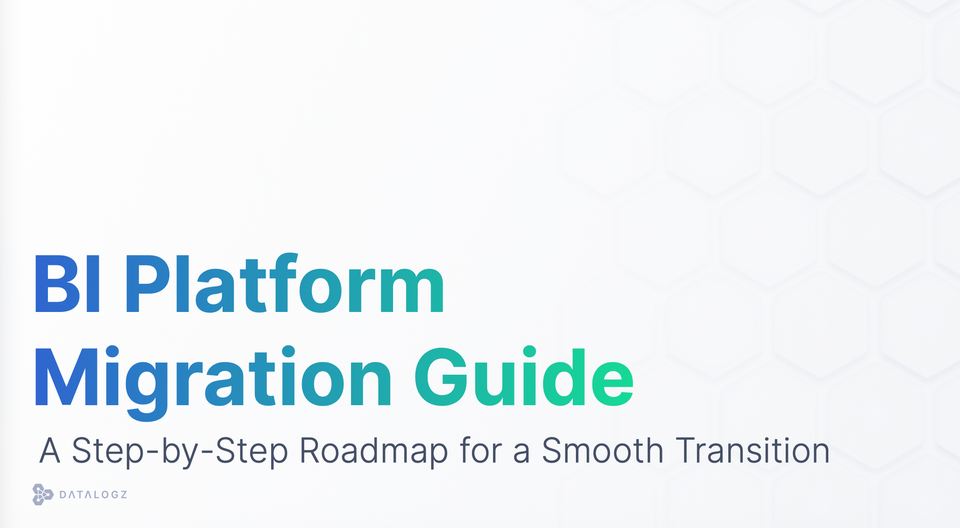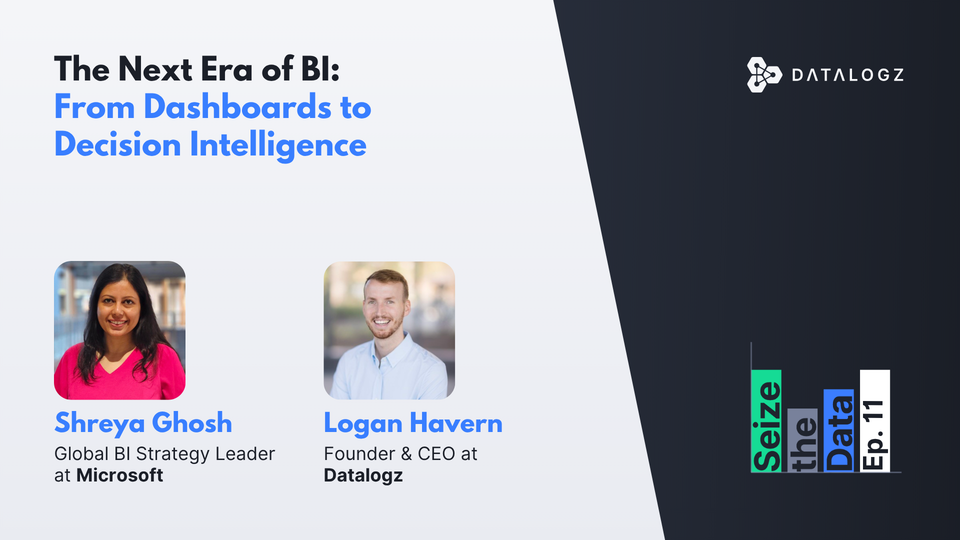Is Microsoft Fabric a BI platform?
Microsoft Fabric is a powerful platform that complements Power BI, enabling organizations to build, deploy, and manage high-performing, secure, and scalable BI solutions.

Microsoft Fabric is not a standalone BI platform but rather a powerful platform that enables organizations to build, deploy, and manage Power BI solutions. While it does not replace Power BI, it offers a range of features that enhance the performance, security, and scalability of Power BI deployments.
One of the key features of Microsoft Fabric is data integration. It provides organizations with a variety of tools and services to seamlessly integrate data from diverse sources into Power BI. This integration capability improves data accuracy and completeness, making it easier to analyze data from multiple sources simultaneously.
Data governance is another crucial aspect offered by Fabric. It equips organizations with features to ensure that their data is governed effectively. With Fabric, organizations can maintain data accuracy, enforce data security measures, and ensure compliance with regulations. This capability is particularly important in today's data-driven landscape, where data privacy and security are paramount concerns.
Fabric also offers robust reporting and analytics capabilities. Organizations can leverage the platform to create and publish visually appealing reports and dashboards, enabling them to share valuable insights with their employees and stakeholders. These insights drive informed decision-making, thereby enhancing overall business performance. These BI like capabilities are very similar to Power BI and mimic using it.
Furthermore, Microsoft Fabric incorporates machine learning capabilities, allowing organizations to build and deploy machine learning models. By leveraging this feature, organizations can automate tasks, improve the accuracy of predictions, and ultimately make better decisions. The integration of machine learning within Fabric empowers organizations to leverage advanced analytics and unlock deeper insights from their data.
In addition to the aforementioned features, using Microsoft Fabric with Power BI brings numerous benefits. One such benefit is improved performance. Fabric employs data caching and provides pre-aggregated views of data, resulting in faster data loading and analysis within Power BI. This optimization enables users to access insights more quickly, enhancing overall productivity.
Another significant benefit is increased security. Fabric includes features such as role-based access control and data encryption, strengthening the security of Power BI deployments. These security measures protect sensitive data from unauthorized access, ensuring data privacy and compliance.
Lastly, Microsoft Fabric offers enhanced scalability for Power BI. With features like horizontal scaling and automatic failover, organizations can handle increased demand without compromising performance. This scalability capability ensures that Power BI remains responsive and efficient, even during periods of high data volume or user activity.
In conclusion, Microsoft Fabric is a powerful platform that complements Power BI, enabling organizations to build, deploy, and manage high-performing, secure, and scalable BI solutions. By leveraging its data integration, governance, reporting and analytics, and machine learning capabilities, organizations can unlock the full potential of Power BI.
With improved performance, increased security, and enhanced scalability, Microsoft Fabric is a compelling option for organizations seeking to optimize their Power BI deployments and drive data-centric decision-making.



